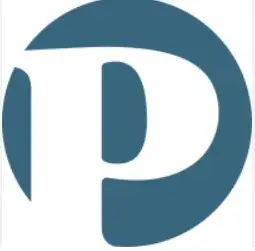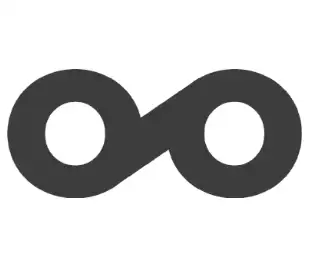HubSpot as a social media calendar: a brief overview
Managing social media effectively requires organization, consistency, and strategic planning. HubSpot, best known for its CRM and marketing automation capabilities, also functions as a robust and feature-rich social media calendar. It enables marketing teams to plan, create, and schedule social media content within the broader context of their inbound marketing strategy. In this review, we will explore the key features, benefits, and potential drawbacks of using HubSpot as a social media calendar tool.
Overview of HubSpot
HubSpot’s social media tools are part of its Marketing Hub, offering marketers the ability to schedule and manage content across platforms such as Facebook, Instagram, X (Twitter), and LinkedIn. Its built-in calendar allows teams to align their social media efforts with broader campaigns, email sends, and blog posts. HubSpot enables teams to collaborate on content, track campaign performance, and optimize strategy based on engagement data — all from one centralized dashboard.
Visual content calendar
HubSpot’s visual content calendar provides an integrated view of upcoming social media posts alongside other marketing assets, such as emails and blog articles. This holistic view ensures content cohesion across channels and allows marketers to strategically space posts and campaigns. The drag-and-drop interface lets users quickly shift content to adjust timing or fill gaps, and filter options allow views by platform, campaign, or asset type.
This visibility is especially valuable for content strategists working within complex marketing plans, helping them stay aligned across the funnel while keeping social media activity consistent and engaging.
Multi-platform scheduling
HubSpot supports multi-platform scheduling, enabling marketers to draft and schedule content for various social media platforms in one place. Each post can be tailored to its respective platform, with the option to add images, hashtags, mentions, and links optimized per channel. Posts can be scheduled manually or published automatically at recommended times based on engagement data.
Moreover, marketers can associate social posts with specific campaigns, making it easier to track results and optimize content in context.
Bulk uploading and automation
HubSpot allows users to schedule bulk social media content via CSV upload or directly from the calendar interface. This is particularly useful for teams managing content calendars weeks or months in advance. For recurring posts, HubSpot supports cloning, smart scheduling, and workflows that tie into CRM events — such as automatically posting when a new blog is published.
Additionally, HubSpot's powerful automation engine lets teams trigger social posts as part of broader workflows, such as following a lead score change or form submission.
Collaboration and workflow management
HubSpot’s calendar is built for collaboration. Users can assign tasks, add comments, and set approval requirements for posts before publishing. Roles and permissions ensure that only authorized team members can schedule or approve content, while others can draft or review. The platform supports real-time collaboration, making it easier for distributed teams to stay aligned on content goals.
HubSpot also integrates content planning with asset libraries, campaign goals, and SEO tools, creating a streamlined experience for social and content teams working together.
Pros of HubSpot as a social media calendar
One of HubSpot’s key strengths is its tight integration with the broader marketing suite. Marketers can align social media with email, blogs, and CRM data to drive targeted campaigns. The calendar’s visual clarity, campaign tagging, and automation options provide flexibility without sacrificing structure.
Additionally, the analytics capabilities within HubSpot offer deeper insights into post performance, allowing teams to continuously optimize based on data rather than assumptions.
Cons of HubSpot as a social media calendar
While HubSpot is powerful, its social media calendar is only available on paid Marketing Hub tiers — making it a costlier option for small businesses or freelancers. The interface, while comprehensive, can feel overwhelming for users solely focused on social media rather than broader marketing.
Another limitation is that direct publishing to Instagram Stories or TikTok may require third-party integrations or workarounds, unlike some dedicated social tools.
Ideal use cases
HubSpot is ideal for mid-sized to large businesses looking to integrate social media into a broader marketing ecosystem. It's particularly beneficial for inbound marketing teams who want to align social content with lead nurturing, email campaigns, and CRM data. Agencies managing client campaigns or marketing teams focused on ROI tracking will also benefit from the platform’s analytics and reporting tools.
Conclusion
HubSpot offers a comprehensive social media calendar solution designed for businesses that view social as part of a larger marketing strategy. With features like campaign-level planning, automation, and detailed reporting, it helps teams stay organized and data-driven. While it may come with a higher price tag, the ability to manage social media in context with broader initiatives makes HubSpot a compelling choice for growth-focused teams.











